No products in the cart.
- Home
- Shop
- Computer Accessories
- Cables & Connectors
- Face Plates
Face Plates
KSh 400.00 Original price was: KSh 400.00.KSh 350.00Current price is: KSh 350.00.
In stock
- Components: Plate body, mounting holes, cutouts for switches/ports.
- Materials: Plastic, metal, wood, ceramic, glass, rubber.
- Types: Switch plates, outlet plates, data port plates, blank plates, weatherproof plates.
- Applications: Residential, commercial, industrial, networking, home automation.
- Benefits: Protects wiring, aesthetic finish, easy installation, durable.
- Installation: Screw-mounted, clip-on, adhesive, snap-on.
- Regulatory: RoHS compliant, fire-resistant
Categories: Cables & Connectors, Computer Accessories
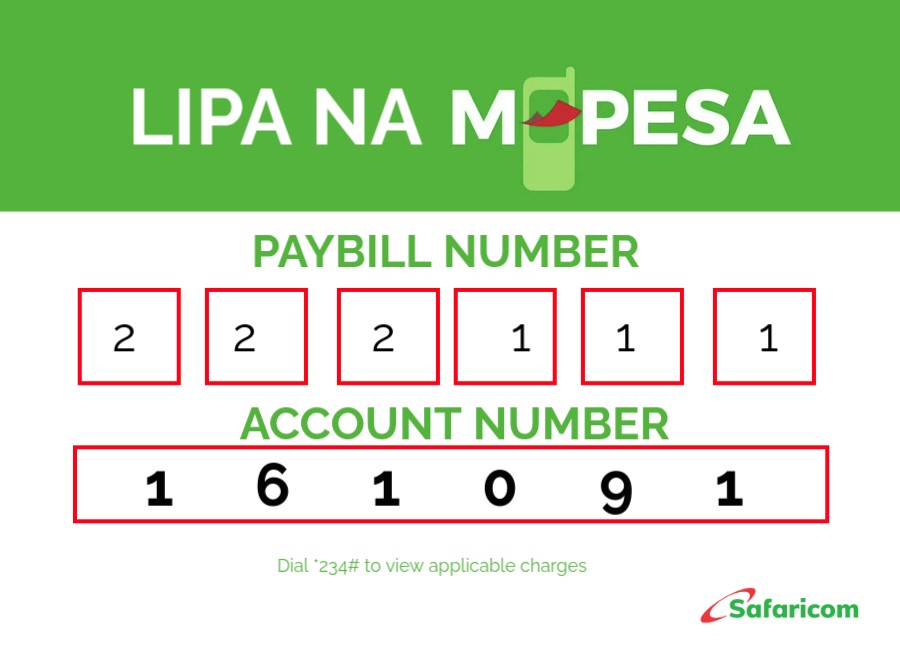
Face Plates
A face plate is a flat, rectangular or square cover used in electrical, telecommunication, or data installations to protect and finish the mounting of electrical outlets, switches, or data ports. Face plates are designed to cover electrical wiring terminals, protect the connections from dust, moisture, and physical damage, and provide a clean, finished appearance to electrical installations.
Face plates are commonly used in homes, offices, commercial buildings, and industrial settings. They are also referred to as wall plates or switch plates, depending on the type of installation.
Here’s a comprehensive breakdown of face plates:
1. Basic Structure and Components
A typical face plate consists of the following components:
- Plate Body: The main flat part of the face plate that covers the electrical or data terminal. It is usually made of materials like plastic, metal, or ceramic.
- Mounting Holes: Face plates have holes at the corners or along the sides to allow screws (or clips) to attach them securely to the outlet or switch box.
- Cutouts or Openings: The face plate has specific cutouts to allow access to switches, sockets, or data ports (e.g., RJ45 for Ethernet, USB ports, power outlets, etc.). These cutouts are designed to fit specific types of devices.
- Edge or Trim: Some face plates have beveled or rounded edges for aesthetic purposes or to ensure a snug fit against the wall.
2. Materials Used
Face plates are made from a variety of materials depending on the environment and design requirements:
- Plastic (PVC, ABS, Polycarbonate): These are the most common materials used for residential and office installations. They are lightweight, cost-effective, and come in various colors and designs.
- Metal (Stainless Steel, Aluminum, Brass): Used for more durable, industrial, or aesthetic applications. Metal face plates are often preferred for commercial, industrial, or high-end residential designs due to their strength and modern appearance.
- Wood: Some decorative or custom installations use wood face plates, especially in high-end residential designs or environments requiring a natural aesthetic.
- Ceramic: Used for decorative purposes or in environments where a more rustic or vintage look is desired.
- Glass: Some high-end modern designs feature glass face plates, providing a sleek and contemporary appearance, often combined with other materials like metal.
- Rubber or Silicone: These materials are often used for weatherproof or industrial face plates, providing greater protection against dust, water, and impacts.
3. Types of Face Plates
Face plates come in several types, each designed to accommodate different devices or installations:
- Standard Outlet Face Plates: Designed for electrical outlets, such as power sockets or light switches. These are the most common type of face plates used in homes and offices.
- Switch Face Plates: Specifically designed to cover light switches. They come in single, double, or even multi-switch configurations.
- Data and Telecom Face Plates: Used to cover data ports such as Ethernet jacks (RJ45), telephone jacks, or USB outlets. These face plates often have a single or multiple cutouts to accommodate various connectors.
- Multimedia Face Plates: Designed to house multiple connectors such as HDMI, VGA, and audio/video ports, as well as other types of multimedia connectors. These are often used in home entertainment or commercial AV setups.
- Blank Face Plates: These are used to cover unused outlets, switches, or ports. They have no cutouts and provide a clean, uniform look.
- Weatherproof Face Plates: Specially designed for use in outdoor environments or areas exposed to moisture, these plates are typically sealed or have a gasket to protect outlets from rain, dust, and other environmental factors.
- Data Center Face Plates: Used in server rooms or data centers to organize and protect multiple data and telecom connections, often with slots for fiber optic, copper cables, and other networking equipment.
4. Mounting and Installation
Face plates are easy to install and can be mounted in various ways:
- Screw-Mounted: The most common method, where the face plate is attached to the outlet box using screws. Typically, two screws are used, one at the top and one at the bottom of the plate.
- Snap-On or Clip-On: Some face plates feature a clip-on design, where the plate simply snaps into place on a mounting frame or outlet box. These are more common in modern designs, particularly for low-voltage applications (e.g., data ports).
- Adhesive-Mounted: For certain low-profile or temporary installations, face plates may be affixed using industrial-grade adhesive backing. This is more common in applications where drilling holes for screws is not desired.
- Special Mounting Frames: In some cases, face plates are mounted on specialized frames or brackets, especially in modular or multi-port configurations, like in networking panels.
5. Applications
Face plates are used in a variety of environments and for different types of installations:
- Residential: Common in homes, face plates cover power outlets, light switches, and telephone or data ports.
- Commercial: In offices, buildings, and businesses, face plates protect data ports, phone jacks, and light switches. They are available in more durable or aesthetic designs.
- Industrial: In industrial or heavy-duty applications, face plates provide additional weatherproofing or dust protection for outlets or switches exposed to tough environments.
- Network and Telecom: Face plates are widely used in networking and telecom installations, providing clean and organized covers for Ethernet (RJ45), fiber optic, or coaxial cable connections.
- Home Automation & AV: Face plates are also used in home theaters or smart home systems to cover various audio/video ports, HDMI connections, and specialized telecom ports.
6. Benefits of Face Plates
- Safety: Protects wiring terminals from dust, moisture, and accidental contact, reducing the risk of electrical shocks or damage to the connections.
- Aesthetics: Face plates provide a finished, polished look to installations, giving rooms or workspaces a clean, organized appearance.
- Durability: High-quality face plates, especially metal or weatherproof variants, provide long-lasting protection against wear, physical damage, and environmental factors.
- Convenience: Easy to install and replace, face plates help simplify electrical and data installations, especially in high-density wiring environments like data centers or network closets.
- Customization: Available in a wide range of colors, designs, and materials, face plates can be selected to complement the overall interior design or branding of a space.
7. Maintenance and Cleaning
- Cleaning: Most face plates can be cleaned with a damp cloth and mild soap. Avoid harsh chemicals that may damage the surface, especially for materials like wood or painted finishes.
- Inspection: Over time, face plates may loosen from the wall. Regular inspection of screws or clips is recommended to ensure a secure fit.
- Replacement: Face plates may become scratched, cracked, or discolored. If a plate is damaged, it can be easily replaced with a new one that matches the existing installation.
8. Environmental and Regulatory Considerations
- RoHS Compliance: Many face plates, particularly those used in electrical or telecom applications, are made to comply with RoHS (Restriction of Hazardous Substances) regulations, ensuring they do not contain toxic substances like lead or cadmium.
- Fire Resistance: Some face plates, especially those used in industrial environments, are made from fire-resistant materials to meet safety codes and regulations.
- Weatherproofing: For outdoor or industrial use, face plates are designed to provide weatherproofing, protecting outlets and switches from rain, dust, and other environmental factors.
Face plates are essential components in electrical and data installations, providing protection, organization, and a clean appearance to outlets, switches, and ports. Available in a variety of materials, designs, and mounting options, face plates are customizable to suit residential, commercial, industrial, and specialized applications. With their ease of installation and wide-ranging benefits, face plates are key to ensuring the safety and aesthetic quality of electrical and data systems.
Add your review Cancel reply



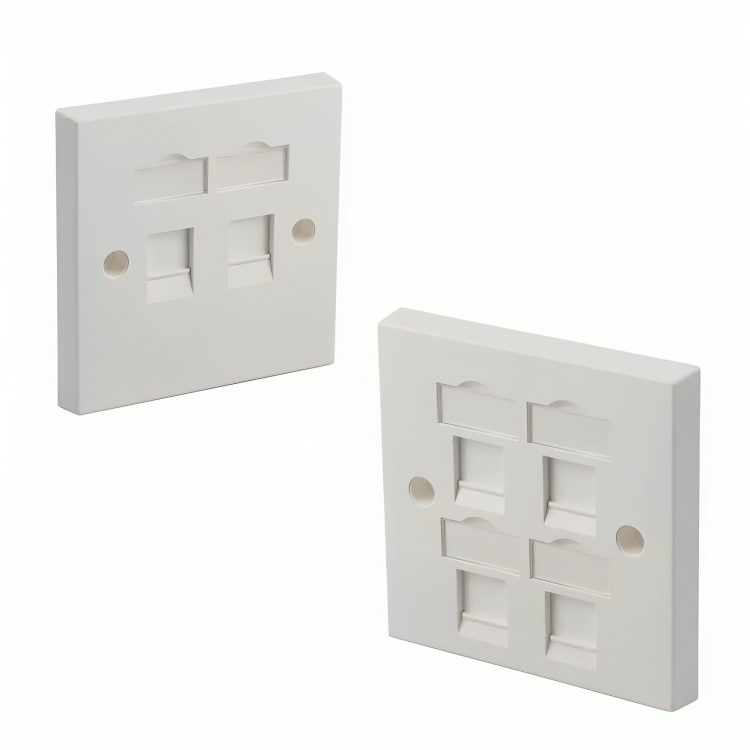
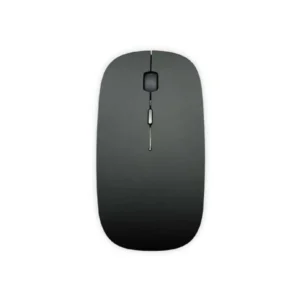
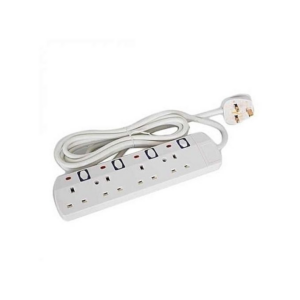

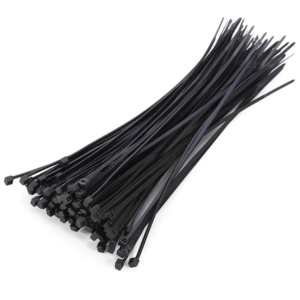
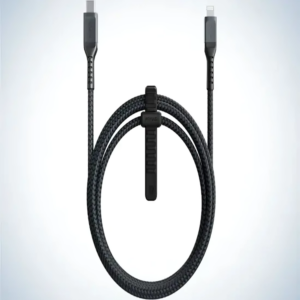
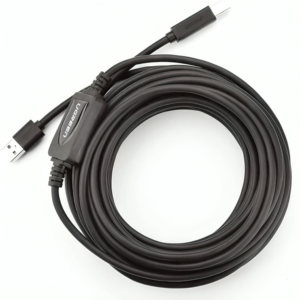
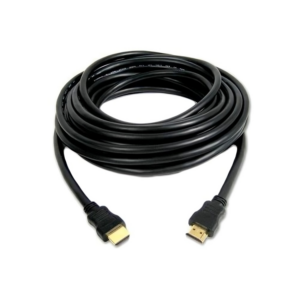
Reviews
There are no reviews yet.